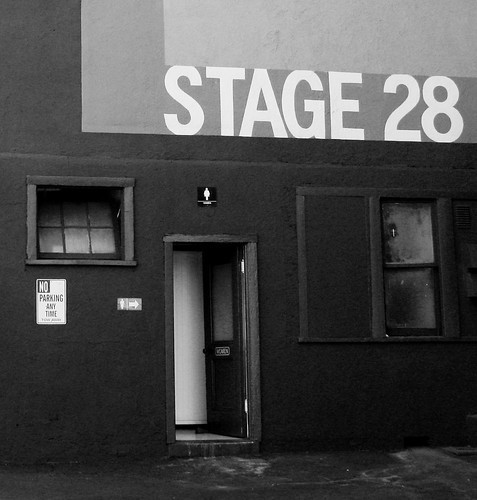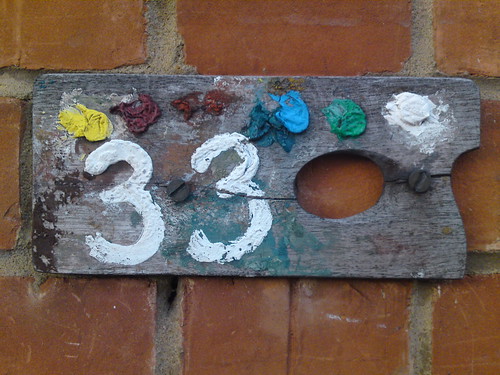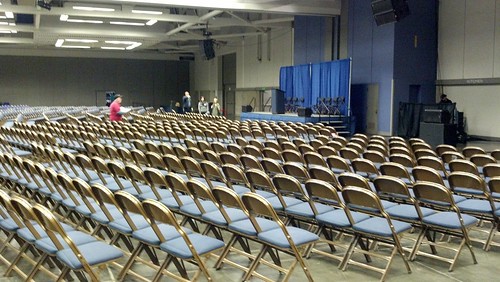February19
This week, my student teacher and I were discussing questioning techniques during reading of texts to guide student learning, and boy this was timely with some recent discussions about Common Core ELA.
Thanks to Tom Hoffman, I’m learning more about Common Core standards than my district is sharing with me (even though a chunk of our districts $81M budget for consultants is for common core implementation). He has a recent post that refers to a number of posts from educators who seem to know what the heck they are talking about discussing a recent piece from David Coleman (Mr. Common Core ELA) on close reading. Basically, his take is that you are not supposed to provide students with pre-reading lessons when embarking on having students read a text. Instead, students should get meaning from multiple reads of the texts. Here is a video where he explains what students should be able to discern from the text.
Some folks are noting how this is in opposition to Doug Lemov’s approach. I have to say though, it’s not just opposition that I’m seeing, but Coleman and Lemov seem to have completely different goals. Coleman has an end game that he wants teachers to get to and that is his sole focus. Since he’s never taught a classroom, and has NO discernible background working with elementary students–where goals for discernment are limited by student cognitive development. He also spends NO time explaining how to get from A ->B for teachers who he and Common Core are going to have to rely on to carry out their ambitious agenda. Mary Ann Reilly’s critique of Mr. Coleman is a lengthy but thoughtful indictment, which boils down to the fact that children and students have NO place in his lesson representation. My own take is that he talks throughout about what ideas kids who are good readers will be able to pick up as he reads through the text, but he offers no insights in how they would get to that point, beyond reading it over and over again.
I’ve had my criticisms of Lemov, around cold-call and no-opt out, but there are many techniques in his book that I’ve used, both before and after reading it. But, Lemov does give specific techniques in Teach Like a Champion (see Chapter 10 for preread and reading comprehension). And although the videos that come with the book do not have one specific to the comprehension techniques in Chapter 10, all of them have teachers working with students demonstrating them.
I’m not going to even delve into how many of the techniques described in this post are contradicted by studies and best practices, most especially this is anathema to good teaching techniques with ELs. I’m beginning to appreciate that this will be a huge issue trying to merge Common Core into our state’s ELD standards, if not downright impossible. Since that is +40% of our students, that’s a not insignificant problem.
What I found most useful was Grant Wiggins piece. What he found to like about what Common Core is after was something that was NOT obvious from Mr. Coleman’s video, or the other posts. Apparently, they (Common Core) would like to have reading comprehension driven by questioning strategies. Mr. Wiggins notes that this is nothing new, and talks about this strategy from Essential Schools (and other earlier practioners of Socratic Method). What he points out is that it’s easy to talk about doing this, but translating it to practices is much harder.
We know from first-hand experience in doing model classes that when you have 7 different grade levels of reading ability in a class and a great deal of pent-up student boredom and intellectual laziness that this vital approach won’t work quickly; you can’t just plunk Socratic Seminar into conventional classrooms without hardship (hence, firm leadership). On the other hand, when my colleague Denise did a mock Seminar with 9th graders in a poor Louisiansa HS, the immediate reaction of kids was – this was way more interesting than typical class. And the Principal blurted out something that was unfortunate but revealing – wow! I had no ideas our kids could think like this!
That’s the point of academic leadership and professional development: we know it is the right thing to do, so let’s plan backward from it as a result, starting now, working to make the most seamless and happy transition possible.
I agree with one of the commenters who noted that we as teachers have always been balancing the need to do pre-reading with students with the need to NOT spoon-feed them. I also appreciate that Wiggins understands this is not an easy technique to learn, but it is one that I would like to improve on in my practice. This is not because Common Core, or David Coleman tell me to, even if they won’t tell me how in the heck to do it, but because it’s a good practice.
Links









Recent Comments